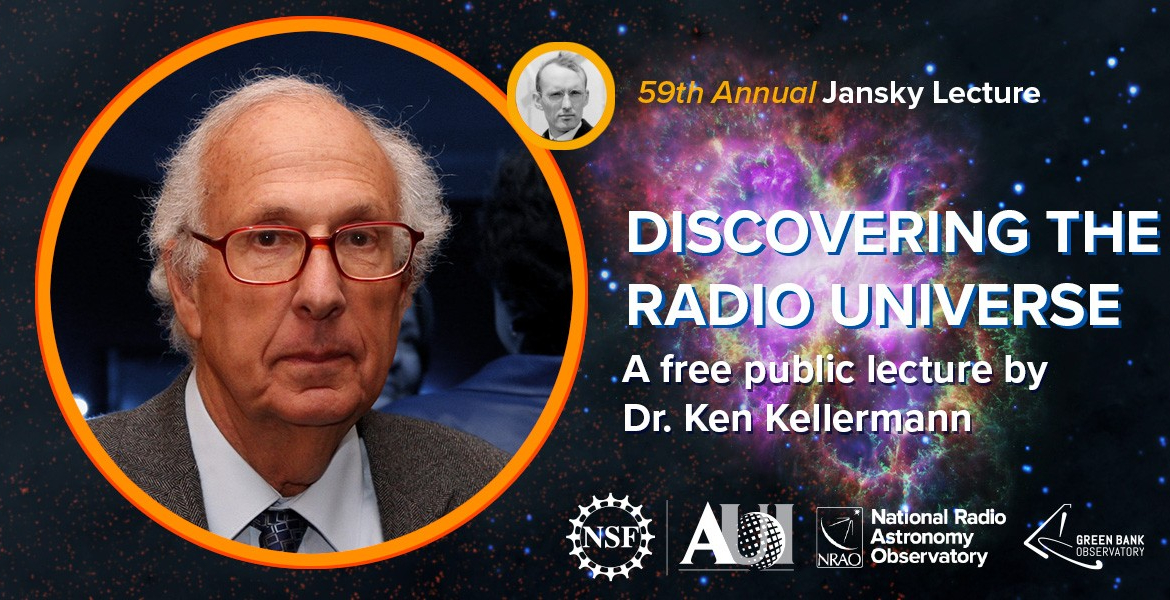The U.S. National Science Foundation National Radio Astronomy Observatory (NSF NRAO), in partnership with several leading Mexican universities and research institutes, has announced a series of landmark agreements and meetings aimed at advancing Mexico’s role in the Next Generation Very Large Array (ngVLA) project.
Recent News
Astronomers Discover a Superheated Star Factory in the Early Universe
Astronomers have uncovered a previously unknown, extreme kind of star factory by taking the temperature of a distant galaxy using the ALMA telescope. The galaxy is glowing intensely in superheated cosmic dust while forming stars 180 times faster than our own Milky Way.
Astronomers Share Largest Molecular Survey To-date: GOTHAM Legacy Data Goes Public
Astronomers in the “GBT Observations of TMC-1: Hunting Aromatic Molecules” research survey, known as GOTHAM, have released a spectral line survey with largest amount of telescope time ever conducted, charting more than 100 molecular species only found in deep space.
Ken Kellermann Awarded the 2024 Karl G. Jansky Lectureship

Credit: NRAO/AUI/NSF
Associated Universities, Inc. (AUI) and the U.S. National Science Foundation National Radio Astronomy Observatory (NSF NRAO) have awarded the 2024 Karl G. Jansky Lectureship to Dr. Ken Kellermann, Senior Scientist, Emeritus at NSF NRAO. The Jansky Lectureship is an honor established by the trustees of AUI to recognize outstanding contributions to the advancement of radio astronomy.
After earning his Ph.D. in physics and astronomy at the California Institute of Technology in 1963, Dr. Kellermann did postdoctoral work at the Commonwealth Scientific and Industrial Research Organization (CSIRO), using the new Parkes radio telescope to observe planetary thermal emissions. He joined the National Radio Astronomy Observatory in 1965, where he has remained ever since studying extragalactic radio sources. Dr. Kellermann was one of the leading researchers in the development of Very Long Baseline Interferometry (VLBI). His work has allowed astronomers to view the radio sky in unprecedented detail and forms the basis of modern high-resolution radio astronomy. He was awarded the Helen B. Warner Prize for Astronomy in 1971 and the Catherine Wolfe Bruce Gold Medal in 2014. Together with Ellen N. Bouton he is the author of “Star Noise: Discovering the Radio Universe,” published by Cambridge University Press.
Dr. Kellermann will deliver his Jansky Lecture, entitled “Discovering the Radio Universe” in Charlottesville, VA on October 24; at the U.S. National Science Foundation Green Bank Observatory (NSF GBO) in Green Bank, WV on November 6; and in Socorro, NM on November 26. Learn more about these event times and locations.
First awarded in 1966, the Jansky Lectureship is named in honor of the man who, in 1932, first detected radio waves from a cosmic source. Karl Jansky’s discovery of radio waves from the central region of the Milky Way started the science of radio astronomy, which has changed our understanding of the Universe.
Other recipients of the Jansky award include eight Nobel laureates (Drs. Subrahmanyan Chandrasekhar, Edward Purcell, Charles Townes, Arno Penzias, Robert Wilson, William Fowler, Joseph Taylor, and Reinhard Genzel) as well as Jocelyn Bell-Burnell, discoverer of the first pulsar.
See a list of past recipients.
The National Radio Astronomy Observatory and the Green Bank Observatory are facilities of the National Science Foundation, operated under cooperative agreement by Associated Universities, Inc.
This news article was originally published on the NRAO website on October 11, 2024.
Recent News
NSF National Radio Astronomy Observatory and Mexican Institutions Sign Historic Agreements to Advance ngVLA Collaboration
The U.S. National Science Foundation National Radio Astronomy Observatory (NSF NRAO), in partnership with several leading Mexican universities and research institutes, has announced a series of landmark agreements and meetings aimed at advancing Mexico’s role in the Next Generation Very Large Array (ngVLA) project.
Astronomers Discover a Superheated Star Factory in the Early Universe
Astronomers have uncovered a previously unknown, extreme kind of star factory by taking the temperature of a distant galaxy using the ALMA telescope. The galaxy is glowing intensely in superheated cosmic dust while forming stars 180 times faster than our own Milky Way.
Astronomers Share Largest Molecular Survey To-date: GOTHAM Legacy Data Goes Public
Astronomers in the “GBT Observations of TMC-1: Hunting Aromatic Molecules” research survey, known as GOTHAM, have released a spectral line survey with largest amount of telescope time ever conducted, charting more than 100 molecular species only found in deep space.
